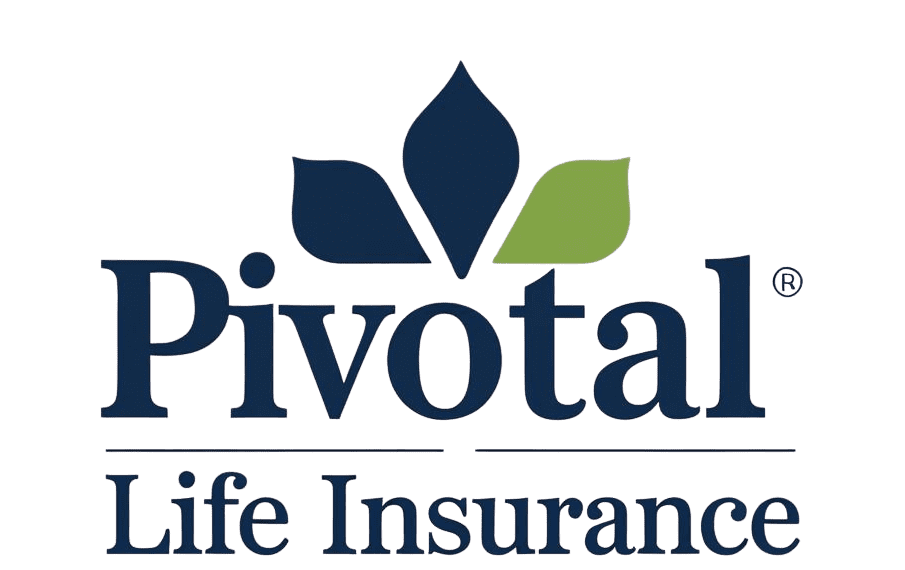Life insurance traditionally serves as financial protection against premature death. However, permanent life insurance policies offer sophisticated wealth-building mechanisms that many investors overlook. When properly structured, these policies combine death benefit protection with tax-advantaged investment components, creating alternative wealth accumulation strategies beyond conventional investment accounts.
Understanding how to use life insurance to build wealth requires examining cash value accumulation mechanisms, policy types, and strategic implementation approaches that maximize long-term financial growth potential.
Understanding Cash Value Accumulation
Permanent life insurance policies build wealth through cash value components that grow over time. Unlike term life insurance, which provides temporary coverage without investment features, permanent policies allocate premium payments between insurance costs and investment accounts.
Cash value represents accumulated savings within the policy after deducting insurance charges and administrative fees. This component grows on a tax-deferred basis, meaning investment gains remain untaxed until withdrawal. Policy loans provide tax-free access to the accumulated cash value during the policyholder’s lifetime.
Key Wealth Building Mechanisms:
- Tax-deferred cash value growth
- Policy loan access without income taxation
- Death benefit transfer without income tax consequences
- Forced savings discipline through regular premium payments
Primary Policy Types for Wealth Building
Whole Life Insurance
Whole life insurance provides predictable wealth accumulation through guaranteed cash value growth and potential dividend payments from mutual insurance companies.
| Structural Elements | Wealth Building Advantages | Important Considerations |
|---|---|---|
| Guaranteed minimum cash value accumulation rates | Predictable cash value projections facilitate financial planning | Lower growth potential compared to market-based investments |
| Fixed premium payments throughout the policy duration | Dividend reinvestment enhances accumulation potential | Limited investment control restricts customization options |
| Potential dividend distributions from company profits | Strong insurance company backing provides security | Higher premium costs relative to term insurance coverage |
| Conservative investment approach ensuring stability | Simplified management requirements reduce complexity |
Universal Life Insurance
Universal life insurance offers flexible premium structures while maintaining permanent coverage and cash value accumulation capabilities.
| Key Features | Strategic Benefits | Risk Factors |
|---|---|---|
| Flexible premium payment schedules accommodate income fluctuations | Premium flexibility supports varying financial circumstances | Interest rate sensitivity affects cash value growth trajectories |
| Variable interest rates reflecting current market conditions | Potential for enhanced returns compared to whole life insurance | Disciplined premium payments are required for policy sustainability |
| Adjustable death benefit amounts based on changing needs | Death benefit adjustments align with evolving protection requirements | Potential additional funding needs during poor performance periods |
| Transparent cost structure enabling informed decisions | Cost transparency facilitates optimal policy management |
Variable Universal Life Insurance
Variable universal life insurance provides maximum growth potential through direct investment in mutual fund subaccounts while maintaining life insurance protection.
| Investment Components | Growth Advantages | Critical Considerations |
|---|---|---|
| Direct participation in stock and bond mutual fund portfolios | Highest long-term wealth-building potential | Market risk directly impacts cash value performance |
| Complete investment selection and allocation control | Investment diversification opportunities across asset classes | Investment knowledge requirements for optimal management |
| Market-based growth potential, maximizing accumulation | Direct market participation captures growth potential | Policy lapse potential during adverse market conditions |
| Professional money management options are available | Professional portfolio management expertise is accessible | Higher fee structures compared to direct mutual fund investments |
Strategic Implementation Approaches
High-Income Earners
Individuals exceeding traditional retirement account contribution limits find permanent life insurance particularly attractive for additional tax-advantaged wealth accumulation.
Implementation Framework:
- Maximize employer-sponsored retirement plan contributions first
- Fund permanent life insurance with excess available cash flow
- Structure policies minimizing insurance costs while maximizing investment components
- Develop systematic policy loan strategies for retirement income supplementation
Practical Example: A 40-year-old professional earning $250,000 annually maximizes 401(k) contributions but seeks additional tax-deferred savings opportunities. Annual premium payments of $30,000 into a universal life policy provide substantial cash value accumulation while maintaining significant death benefit protection for family security.
Business Owner Applications
Business owners utilize life insurance for multiple wealth-building strategies, including succession planning, key person protection, and personal wealth accumulation coordination.
Strategic Applications:
- Business-owned life insurance provides dual benefits of key person coverage and corporate cash accumulation
- Buy-sell agreement funding ensuring smooth ownership transitions
- Executive compensation arrangements enhancing employee retention
- Split-dollar arrangements optimizing premium funding efficiency
Business Integration Benefits:
- Potential corporate tax deduction opportunities
- Flexible ownership structures supporting various business objectives
- Succession planning coordination, ensuring continuity
- Employee benefit program enhancement
Estate Planning Integration
Wealthy individuals leverage life insurance for estate liquidity provision, tax minimization, and optimized wealth transfer strategies.
Advanced Techniques:
- Irrevocable life insurance trusts reducing estate tax exposure
- Generation-skipping trust funding for multi-generational wealth transfer
- Charitable giving strategies incorporating life insurance benefits
- Business succession planning coordination
Wealth Transfer Advantages:
- Immediate estate liquidity for settlement costs
- Potential estate tax reduction through proper ownership structures
- Income tax-free death benefit transfers to beneficiaries
- Wealth multiplication effects for heirs
Key Success Factors
Effective wealth building through life insurance requires understanding fundamental cash value mechanics, maintaining realistic performance expectations, and implementing disciplined long-term management strategies.
Success depends on combining adequate life insurance protection needs with tax-advantaged wealth accumulation objectives. This approach proves particularly valuable for high-income earners exceeding traditional retirement account contribution limits while requiring permanent life insurance coverage.
Consider life insurance for wealth building when you need permanent protection, seek additional tax-advantaged savings opportunities, require flexible access to accumulated wealth, and maintain investment horizons exceeding fifteen years.
Professional guidance from qualified insurance professionals and financial planners helps navigate complexity while ensuring alignment with comprehensive financial objectives. The dual benefits of protection and wealth building make permanent life insurance a valuable component of diversified financial strategies for appropriate situations.

